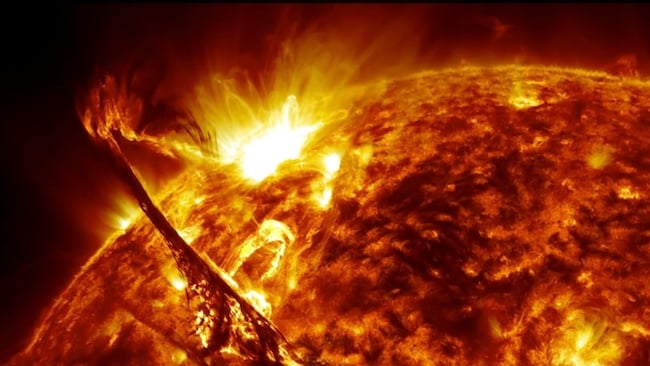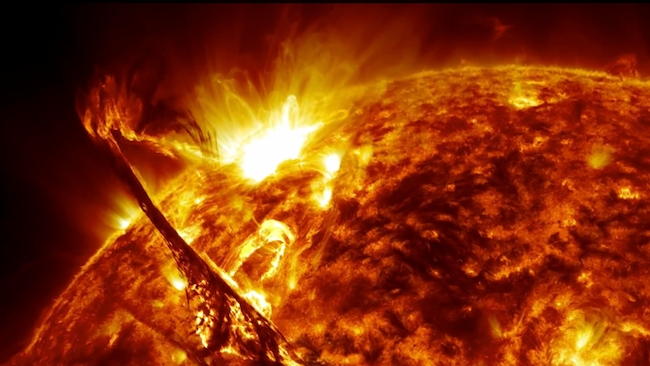

Earlier this year NASA's Solar Dynamics Observatory celebrated five years of operation. To celebrate NASA released a highlights reel of its first half decade of hovering in space watching the dance of giant loops hovering in the corona and enormous sunspots growing and shrinking on the sun's surface. It’s some of the most stunning space imagery we have seen.
Capturing an image more than once per second, the SDO has provided an unprecedentedly clear picture of how massive explosions on the sun grow and erupt ever since its launch in 2010. It sends back an astonishing 150 million bits of data per second, 24 hours a day, 7 days a week as a result; over 2600 terabytes' worth by its fifth anniversary and counting.
Goddard built, operates and manages the SDO spacecraft for NASA's Science Mission Directorate in Washington, and tantalisingly it is just the first mission of NASA's Living with a Star Program. The program's goal is to develop the scientific understanding necessary to address those aspects of the sun-Earth system that directly affect our lives and society.
The SDO observes the sun in different wavelengths – and therefore different temperatures – to examine how material courses through the corona, all of which it is hoped will provide further clues as to what causes eruptions on the sun and why its magnetic fields are in constant, violent flux. Whatever the underlying causes though, the resulting titanic destruction and mayhem is balletically beautiful.
Tags: Technology


Comments